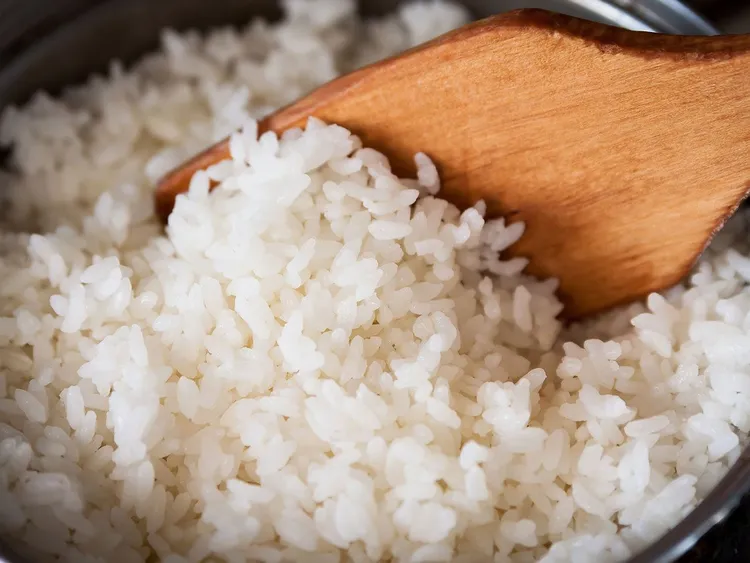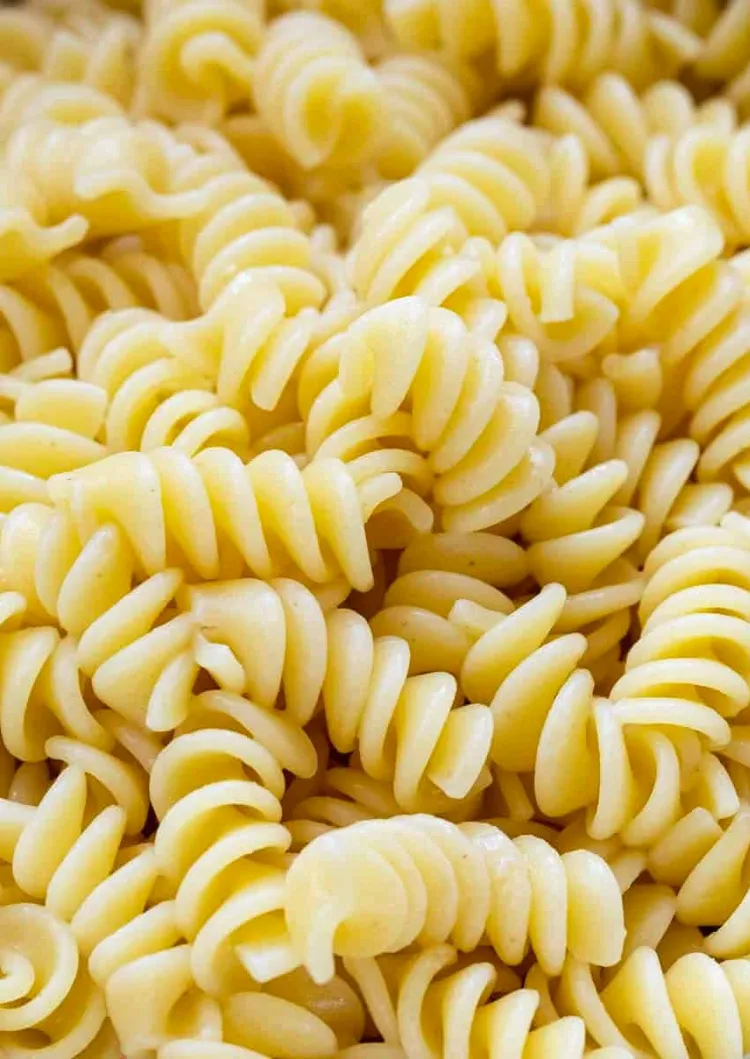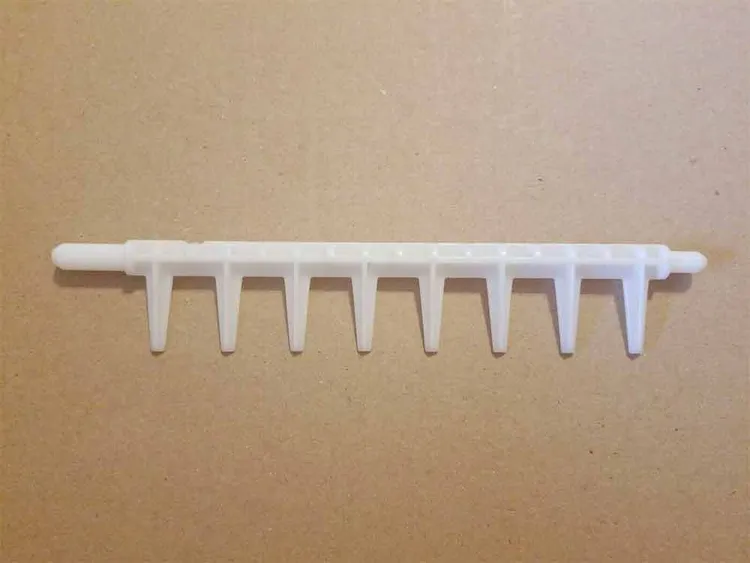Our recommendations are made independently through Research & Testing. We may receive commissions from purchases made via our links.
How to Dry Rosemary
Though a flavorful herb, rosemary doesn’t stay fresh for very long. If you haven’t yet discovered how to dry rosemary and preserve it, this guide will show you how.
Rosemary is a vital herb to have in the kitchen. Its distinctive flavor — a combination of bold citrus and a woodsy, slightly bitter undertone — features heavily in the Mediterranean diet.

The herb is available throughout the year if you live in a region with a warm climate. However, the same thing cannot be said for those who live in more frigid areas, where rosemary will wilt quickly.
To combat wilting, you need to learn how to dry rosemary properly. Dried rosemary will remain usable for several years. So, no matter where you live and what time of the year it is, you will always have the herb at hand.
Is There a Difference Between Fresh and Dried Rosemary?
In most herbs, the flavor usually becomes stronger once they are dried. As an example, in our guide on how to dry basil, you’ll see that this plant becomes noticeably more pungent once it’s dehydrated.
This isn’t always the case, however. The reverse is also true for selected herbs such as parsley. In our how to dry parsley article, we show how its taste becomes weaker after a stint in the dehydrator.
So, what is it like for rosemary?
Rosemary actually belongs to a third group of herbs whose flavor neither becomes stronger or weaker after it’s dried.
Most of the volatile oils inside rosemary’s needles aren’t affected by heat. So, you won’t normally find any discernible difference in taste or aroma between fresh and dried rosemary.
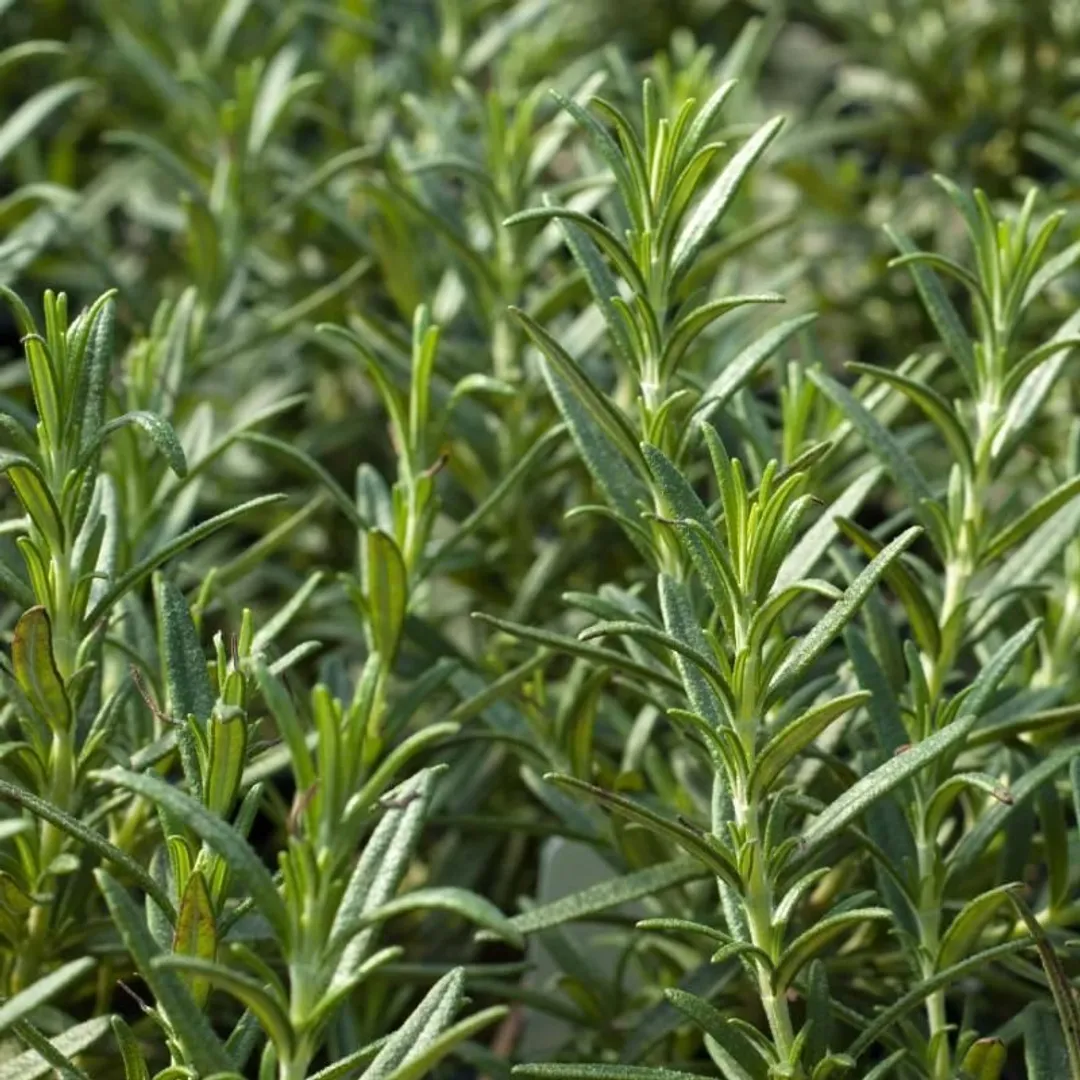
How to Substitute Dry Rosemary for Fresh
For this exact reason, you can substitute fresh rosemary with dried rosemary with a 1:1 ratio. In other words, for every tablespoon of fresh rosemary demanded by the recipe, you can replace it with a tablespoon of dried rosemary.
All the more reason to keep dried rosemary in your kitchen.
The Best Ways to Dry Rosemary
There are many different drying techniques that you can use. However, in today’s article, we’ll introduce you to the two simplest and quickest: in the oven and in the microwave.
Drying rosemary in the oven is the most recommended method. The uniform, stable heat of the oven will dry out the herb without it becoming burnt. It doesn’t take a long time, either; Rosemary only needs 1 hour in the oven to fully dry.

As for the microwave, it’s a reasonable alternative if you don’t have an oven, but it has one big drawback: The microwave’s heat is very intense, which can burn the rosemary leaves. As such, if you decide to use this method, you have to be extra vigilant while you’re at it.
The advantage is in the speed. Drying rosemary in the microwave takes less than 5 minutes.
Don’t simply use the microwave on the merits of its speed, though. If you have an oven, it’s a far safer bet. It’s unlikely that you would ever be in a position where you would need to have dried rosemary in 5 minutes, either. So the 1-hour baking time of the oven shouldn’t ever be an issue.
How to Dry Rosemary in Details
1. In the Oven
Before drying, make sure to rinse the sprigs thoroughly to remove any dirt residues still stuck to them. Dry thoroughly with a towel before proceeding.
Preheat your oven to the lowest temperature permitted. Depending on the model, it could range between 170°F and 200°F with the best temperature for drying being between 170°F and 180°F.
If your oven’s bottom limit is 200°F, you will have to be extra careful since the herb will be at a slightly higher risk of overdrying.
When the oven is ready, take out a parchment paper-lined baking tray and place the sprigs of rosemary on top. Arrange the sprigs with plenty of space between one another. It will maximize airflow and encourage drying.

Bake for 1 hour.
Once the timer starts beeping, remove the sprigs from the oven. You will know when they have finished drying when you can easily separate the needles from the stems.
Gather the separated needles and place them in a glass jar. Store somewhere cool, dry, and away from direct sunlight such as a spice drawer or the pantry.
What Else Can You Dry With This Method?
The oven is a superb food dryer. You can use it to dry a wide variety of herbs, vegetables, and fruits.
You can use it to dry oregano, which shares the same Mediterranean origins as rosemary. The oven is also one of the best methods to dry mint leaves. Coincidentally, rosemary is part of the mint family too.
For vegetables, we have a separate guide on how to dry mushrooms using the oven.
Last but not least, the oven is also useful for drying fruits. Drying orange slices, for example, can easily be done in the oven.
2. In the Microwave
Rinse and prepare the rosemary sprigs as instructed earlier. Remove the needles from the tough stems while you’re at it. Unlike in the oven, you won’t be drying the stems this time.
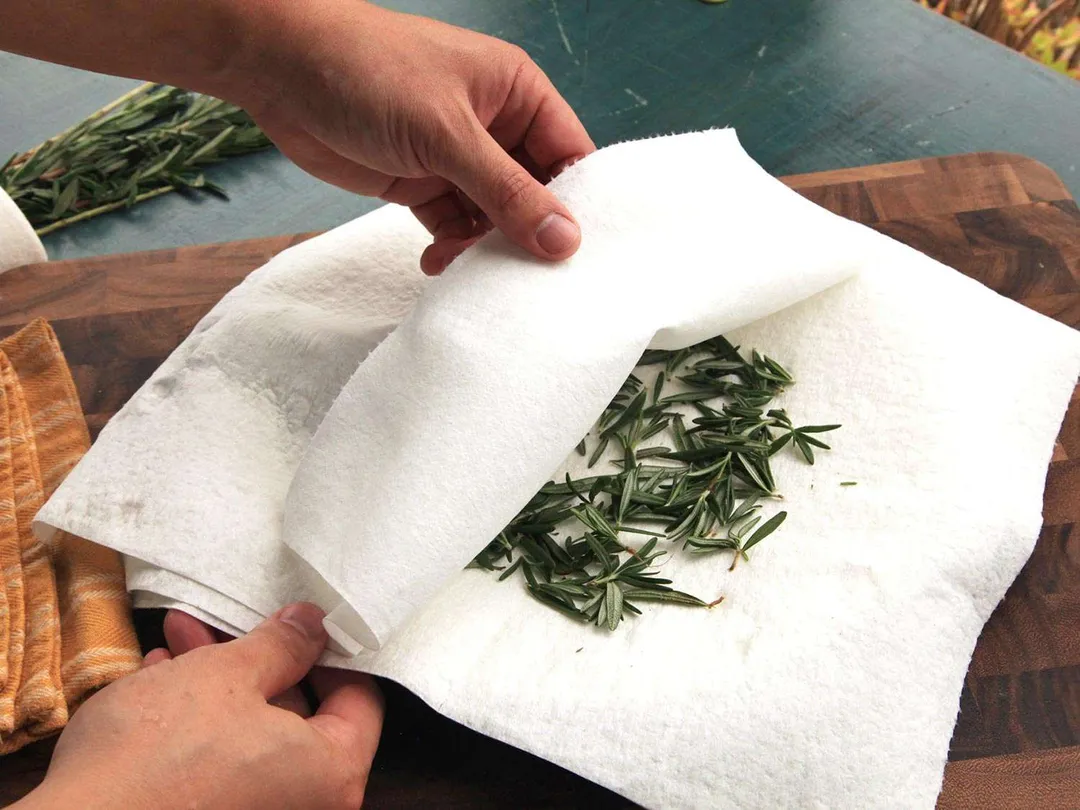
Take out a microwave-safe plate and line the bottom with two paper towels. Lay the rosemary needles on top. Once again, give them plenty of space.
Cover the rosemary with another layer of paper towels, then place the plate in the microwave.
Zap the rosemary at high heat for 1 minute. Now check on the herb. If it hasn’t dried just yet, continue heating in 20-second bursts until it does.
Remove the dried rosemary from the microwave and place it in a glass jar. Put the jar away somewhere safe and you’re finished!
What Else Can You Dry With This Method?
The microwave is no less versatile than the oven. Just about anything that you can dry in the oven can be dried in the microwave.
For example, you can use the microwave to dry thyme, and it is also entirely possible to dry cilantro in the microwave.
Conclusion
As you can see, it’s not difficult to learn how to dry rosemary. The steps are quite simple. All you need is the equipment, and some time and you’re good to go.
Interested in reading a few more drying guides? Give one (or all) of these articles a shot:
- How to Dry Peppers: peppers are one of the most ubiquitous and versatile spices in the world. Hot peppers will give your dishes a bold, hot kick, while sweet peppers will give your food a sweet, tangy undertone. By drying peppers, you can preserve them for months without spoiling.
- How to Dry Dill: dill has a very special flavor. It is often described as ‘grassy’ with an anise-like undertone. Unlike parsley, rosemary, or thyme, dill isn’t as popular a herb. Still, it’s worth keeping around if you’re either collecting culinary herbs or you often make recipes that use it. In which case you can dry it to extend its shelf life.
- How to Dry Cranberries: dried cranberries are a popular snack. They can also be incorporated into cookies, muffins, and other pastries. Interested? You can use this short guide to learn the ins-and-outs of drying cranberries.
Authors
Luna Regina is an accomplished writer and author who dedicates her career to empowering home cooks and making cooking effortless for everyone. She is the founder of HealthyKitchen101.com and HealthyRecipes101.com, where she works with her team to develop easy, nutritious recipes and help aspiring cooks choose the right kitchen appliances.

